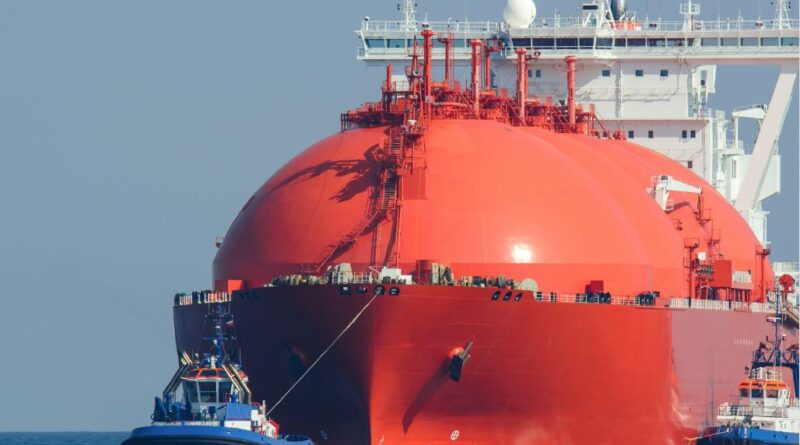Economic outlook for crude oil and LNG gas
The outlook for the short term remains uncertain, but with vaccine deployment underway, albeit with some uncertainty as to timing and efficacy, a major downside risk to the plausible range has been substantially mitigated.
BHP now estimates that the world economy will be 4½ per cent smaller in the 2021 calendar year than it would have been if COVID-19 had not occurred. It reflects the speed of the rebound in ex-China markets in the second half of the 2020 calendar year, led by India and the US, plus additional stimulus measures in developed countries.
Crude oil prices have recovered to around US$60 per barrel range. Our base case is that prices should build upon their recent recovery, but the pace of gains is likely going to be modest initially given potential headwinds from currently curtailed supply returning. However, if we look beyond this phase, our bottom-up analysis of demand, allied to systematic field decline rates, points to a long run structural demand-supply gap. Considerable investment in conventional oil is going to be required to fill that gap. The medium to long term supply deficit has been amplified by the global retreat from capital spending across the industry in response to the pandemic. Deepwater assets are the most likely major supply segment to balance the market in the longer term. The price expectation required to trigger investment in deepwater projects is expected to be significantly higher than the prices we face today.
The Japan-Korea Marker price for LNG has been extraordinarily volatile. Spot prices hit record lows as COVID-19 demand destruction hit a market already facing excess supply and large storage builds in the first half of the 2020 calendar year. The market then reversed course sharply during the northern winter, printing record high prices. The winter price squeeze came about due to disrupted supply, strong power and heating demand in North Asia, shipping congestion preventing US supply moving promptly into the Pacific as well as high freight rates. Longer term, the commodity offers a combination of systematic base decline and an attractive demand trajectory. Within global gas, LNG is expected to gain share. Against this backdrop, LNG assets advantaged by their proximity to existing infrastructure or customers, or both, are expected to be attractive.
BHP remains positive in its outlook for long-term global economic growth and commodity demand. The 2020s hold great promise in this regard, with policymakers in key economies (for example China, Japan and the US) signalling a durable commitment to pro-growth agendas alongside heightened ambitions to tackle climate change.




